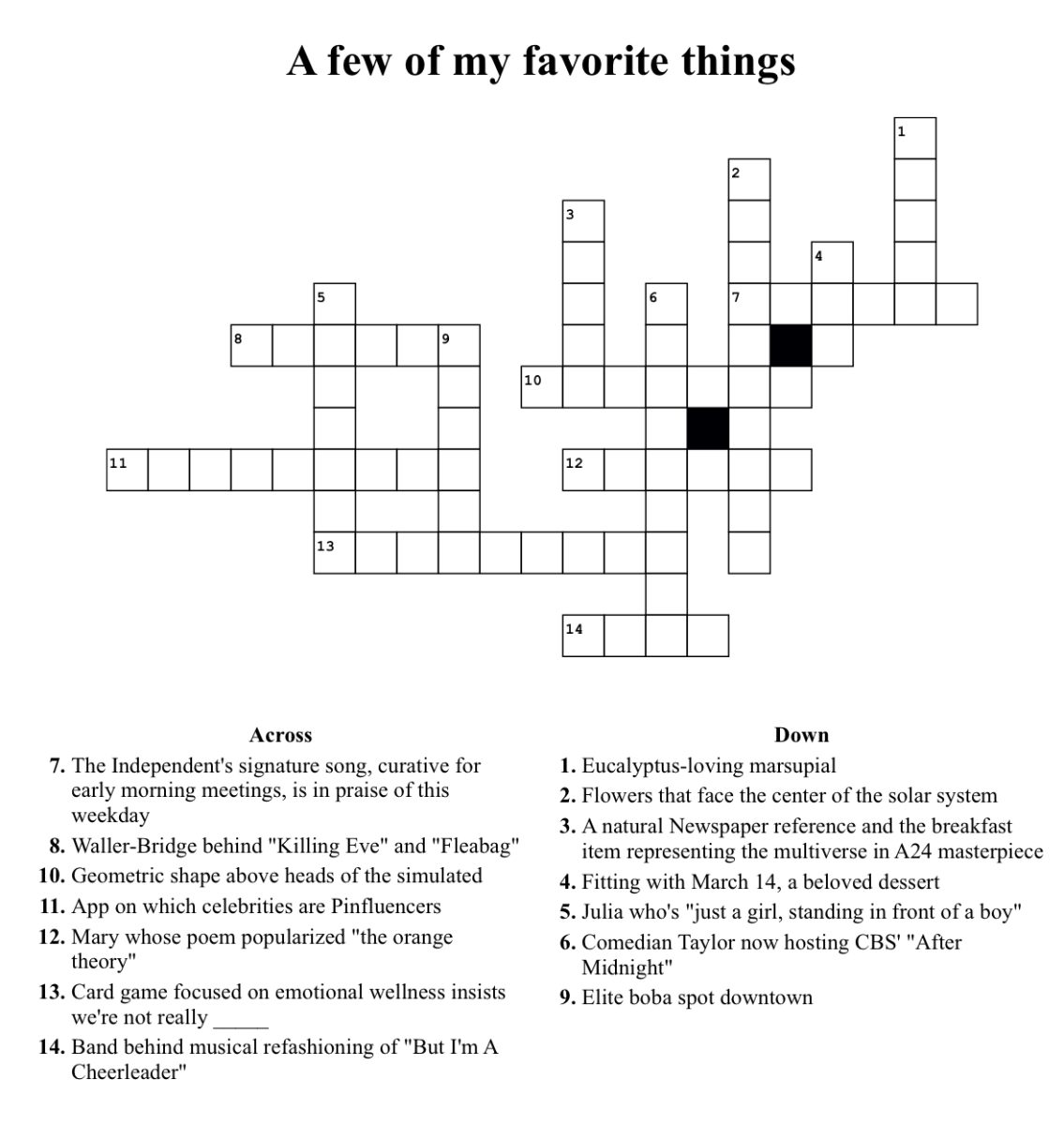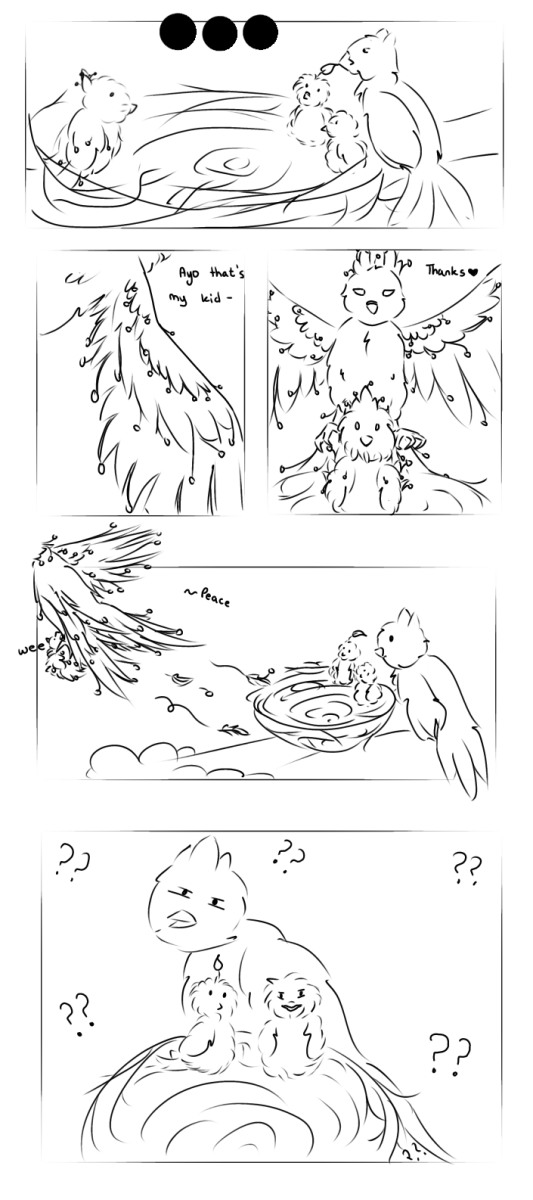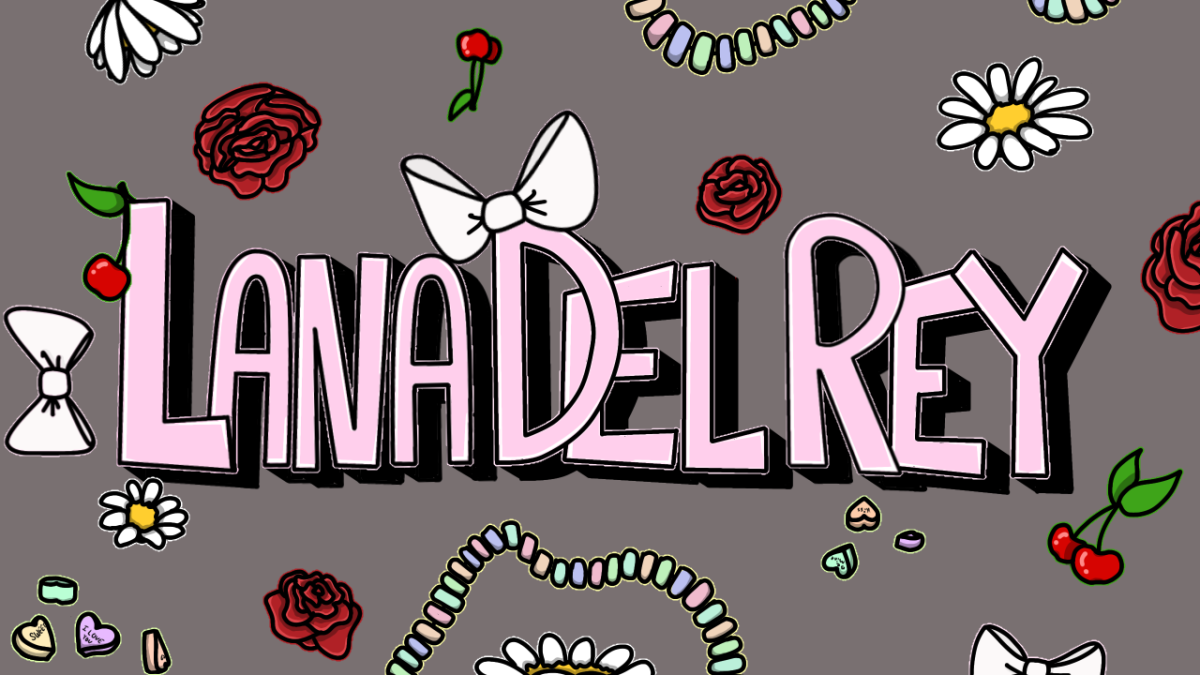At the center of every sad teenage girl’s playlist is none other than the iconic, eleven-time Grammy nominee, Lana Del Rey. Lana Del Rey has been a prominent figure in the music industry ever since her debut over a decade ago. Fans from all over the world unite to worship this artist’s stunning songs. Each album has its own unique themes and concepts, shaping her discography into a beautiful, melancholic journey of a woman’s life.
Before “Lana Del Rey”
Every great singer has had a journey to fame. Lana Del Rey’s journey started with her original stage name, “Lizzy Grant.” While studying philosophy and metaphysics at Fordham University, she wrote songs and played at various clubs in New York. Her career became serious when she began to record albums and EPs. Finally, in 2010, the aspiring singer marked the beginning of her career with the album, “Lana Del Ray A.K.A. Lizzy Grant.” The album was never officially released on streaming services, but still served as a crucial turning point in her career. After years of attempting to create a name for herself in the music world, her next album finally helped her achieve her goal.
‘Cause You and I, We Were Born to Die
On January 27, 2012, Lana Del Rey released her studio album, “Born to Die.” The album was an immediate success, selling 50,000 copies in the U.K. on the first day after its release. The song that single-handedly brought her this newfound fame was “Video Games,” which remains one of her most popular songs to this day. This album, although a decade old, has sold 18 million copies worldwide, with the number continuing to grow.
This baroque pop album is centered on a glamorized depiction of obsessive love, which is told from a Lolita-esque persona. Del Rey references the classic book, “Lolita,” by Vladimir Nabokov in multiple songs to stress the idea that the relationships she sings about are unhealthy and intoxicating with an inevitable end. Her first official album under her identity takes the listener on a journey of the sudden highs and lows of manipulative love. The most notable songs from the album all feature the same theme of living life wildly and impulsively. However, the dangerous effects of this lifestyle are romanticized, further emphasizing Del Rey’s persona as young and naïve.
In the same year, Lana Del Rey announced an upgrade to her previous album, which would be called “Born to Die: The Paradise Edition.” This mesmerizing re-release captivated the world for a second time with Del Rey’s vocal precision and impressive instrumentals. As a whole, this album perfectly depicted the experience of idealistic girls wishing for the American dream while falling into the world of exploitation.
Blessed is This Union
If the fame Lana Del Rey reached from “Born to Die” was not enough, her next album, “Ultraviolence,” further established her as one of our generation’s most influential singers. The album appeared on charts for 393 weeks straight (or seven-and-a-half years). While her previous album was a huge success, it was “Ultraviolence” that truly solidified Del Rey’s position in the music industry.
Although the album shares themes with “Born to Die,” it differs in its approach to presenting them. “Ultraviolence” is beautiful and tragically melodic. Throughout the 14-song album, Del Rey tells the story of an abusive relationship with a man named “Jim.” Although Jim is left anonymous, many speculate he is a euphemism for alcohol, which explains why he is depicted as an extremely manipulative, yet enchanting character. Del Rey further shows this tragedy by comparing the relationship to an imprisoning marriage. This idea can be seen in the album’s title song, “Ultraviolence,” which features the lyric, “Blessed is this union” and its music video, which was directed by Francesco Carrozzini in Portofino, Italy. What captured the attention of listeners around the world was how Lana Del Rey contrasted the harshness and brutality of her lyrics with angelically soft and calm vocals. Her feeling of hopelessness is conveyed through the desperation in the singer’s voice. Thanks to its breathtaking vocals and poetic, gut-wrenching lyrics, “Ultraviolence” remains Lana Del Rey’s most successful album to this day.
A Misunderstood Artist
Following Lana Del Rey’s devastating wedding album comes her next hit, “Honeymoon.” After its release in 2015, the album has surpassed one billion streams on Spotify. “Honeymoon” implements the pop style Del Rey is known for with hints of R&B and jazz.
Obviously, it would not be a Lana Del Rey album without a sad love story. Despite the album’s bright, sunny cover, this album is just as dark and mournful as her previous record. “Honeymoon” takes the listener on a journey, portraying a blissful relationship in its early stages as it slowly begins to crack and eventually falls to pieces, leaving the singer grieving. The early songs depict the singer in denial, but in reality, this romance is simply manipulative. However, the song, “The Blackest Day,” serves as a turning point, as it transitions to a painful acknowledgment of her tragic circumstances. The final song, “Don’t Let Me Be Misunderstood,” wraps up the album. This song was originally sung by Nina Simone, who released the first version in 1964. This finale acts as a confession, as Lana Del Rey makes one final address to her lover. “Honeymoon,” despite being described by fans as criminally underrated, brought about a new era of Lana Del Rey: an era of a mellow yet haunting love.
Out of the Black, Into the Blue
As fans became restless waiting for new music, their wishes finally came true in the summer of 2017. “Lust for Life,” Rey’s next album, incorporated an equilibrium between hip hop tones and her unique, sultry vocals. This album featured a variety of artists, such as A$AP Rocky, Playboi Carti and The Weeknd, setting this album apart from her previous works. With over half a million sales, this album drew more and more people to Lana Del Rey’s worldwide fanbase yet again.
The hybrid album quickly earned great admiration due to its individuality contrasted with her past albums. “Lust for Life” is reflective, as Lana contemplates her developed view of life from the early years of Lizzy Grant to the now wiser and more experienced Lana Del Rey. The album focuses on themes of living life to the fullest and letting go of all insecurities or hesitations that hold one back. Lana Del Rey questions her past relationships as she transitions into a life with more freedom. But her fourth album does not just discuss her personal revelations; her political opinions also shine through her lyrics. In interviews with Pitchfork, the artist expressed how the 2016 election changed her perspective on America and the American dream which has been associated with Lana’s musical persona for years. In “When The World Was At War We Kept Dancing,” she sings, “Is it the end of an era? / Is it the end of America?” This line further demonstrates her loss of faith during Trump’s presidency. The overall message of “Lust for Life” can best be summarized by the song “Get Free.” The track serves as a breakthrough from her past self, as Lana goes “Out of the black…” and “Into the blue…”.
Color Me Blue
At the 62nd Annual Grammy Awards, Lana Del Rey received her first ever Album of the Year and Song of the Year nominations. The album which brought about this recognition was “Norman F*cking Rockwell!,” also known as “NFR!” Once the album was released on streaming platforms on August 30, 2019, fans rushed to once again experience Lana Del Rey’s angelic vocals.
As the title suggests, this album was based off of the works of Norman Rockwell, an American painter. His works often depicted America’s culture during the Great Depression and World War II. The album’s cover also takes great influence from the pop art movement of the ‘60s, which included a transition to brighter and bolder art works. The singer’s admiration for poetry led to the publication of her own collection of poems a year later, titled “Violet Bent Backwards Over The Grass.” “NFR!” includes references to Sylvia Plath, an American poet most famous for her 1961 novel titled “The Bell Jar.” In her fifth record, Lana Del Rey balances the experience of a woman’s mental anguish with the American expectations of a woman. The album faced backlash for its direct attack made towards men in the song “Norman F*cking Rockwell.” Many felt that Lana Del Rey was creating unwarranted stereotypes for men simply based on a few experiences she had, while other critics said the album was the epitome of “white woman” feminism. Regardless of the controversy the album stirred, it is undeniable that “NFR!” shaped the future of Lana Del Rey’s work.
Nobody’s Son, Nobody’s Daughter
In the midst of the COVID-19 lockdown, Lana Del Rey announced her next album, “Chemtrails Over The Country Club.” With this album, Lana Del Rey began her transition to indie and alternative tones. Due to the inconvenient timing of this album’s release, “Chemtrails Over The Country Club” is Lana’s least successful album, but serves as a critical change in Lana’s discography.
The singer’s sixth album transformed the definition of Lana Del Rey. Where people used to associate Del Rey with west coast living and heart-shaped sunglasses, “Chemtrails Over The Country Club” introduced bluegrass Americana and ‘50s country glamor to the singer’s style. The music of this new era showed a new maturity to her perception of life. This album continued the passionate melodrama that is central to her work, but also possessed an appreciation for smaller, more intimate musical moments. Fans speculated that the country club represented an artificial sense of safety or, in other words, a privileged perspective. The chemtrails, however, were a symbol for all the suffering in the world that those living in the country club bubble are unaware of or simply do not want to address. “Chemtrails Over The Country Club” marked Del Rey’s awakening from a white picket life to a more free and receptive mindset.
A Living Legend
Only after a short seven months from her preceding album, the singer released “Blue Banisters.” Blue Banisters quickly reached No. 1 on Billboard in countries such as Argentina and Netherlands. Despite being her first album since the Paradise EP that failed to make top three on the U.S Billboard 200, it did debut at No. 1 on the platform’s alternative album chart.
“Blue Banisters” was by far Del Rey’s most personal and well-constructed album, despite its lack of recognition during its release. The “banisters” which she sings about symbolize what holds her up as she struggles through the challenges that are presented by the “stairs” of life. However, the rest of this album shows how her past pain still haunts her, especially pain from past lovers. Both songs, “Black Bathing Suit” and “If You Lie Down With Me,” show the hopeless devotion she feels towards an apathetic and deceitful partner. Lana Del Rey contrasts this with songs like “Dealer” and “Thunder,” which instead are filled with anger and disdain. Society’s pressure on women to start families by a certain age fuels the emotion behind this album, as Del Rey begins to doubt her own worth. Although often overlooked, “Blue Banisters” depicts the suffering that accompanies women when it seems as though everyone around them is beginning to settle down.
When You Know, You Know
After the mediocre reception of her previous two albums, Lana Del Rey made a striking comeback with her most recent album, “Did you know that there’s a tunnel under Ocean Blvd.” This new album brought forth a fresh wave of dedicated fans and received a total of five Grammy nominations. According to ACharts, the album was on the U.S. Albums Top 100 for nine consecutive weeks.
“Did you know that there’s a tunnel under Ocean Blvd” is often considered one of the artist’s most personal and intimate albums, as she addresses her experiences with mental health, family, death and love. However, she maintains the idea that there is still hope, no matter how many difficult situations she has had to face throughout her life. The songs “A&W” and “Did you know that there’s a tunnel under Ocean Blvd” portray the issue of women’s self-worth and image being dependent on male validation. Del Rey also mentions the contradictory view of society dictating that women must maintain a desirable, youthful appearance without seeming like an attention-seeker. This album illustrates how damaging this standard can be on women of all ages and backgrounds. Despite all this, the artist also adds positivity to her album through songs about happy marriages, religious hope and acceptance.
Each song, from “Born to Die” to “Taco Truck x VB,” has contributed to Lana Del Rey’s breathtakingly complex and impeccable discography that has enchanted fans and first-time listeners alike. With 56.5 million monthly listeners on Spotify, Lana Del Rey is currently ranked No. 37 in the world. However, her latest album will not be the end of her art. Lana Del Rey has confirmed a new country album is underway. No matter the amount of albums lined up in the future, Lana Del Rey’s artistry is one that will be celebrated for decades to come.



























